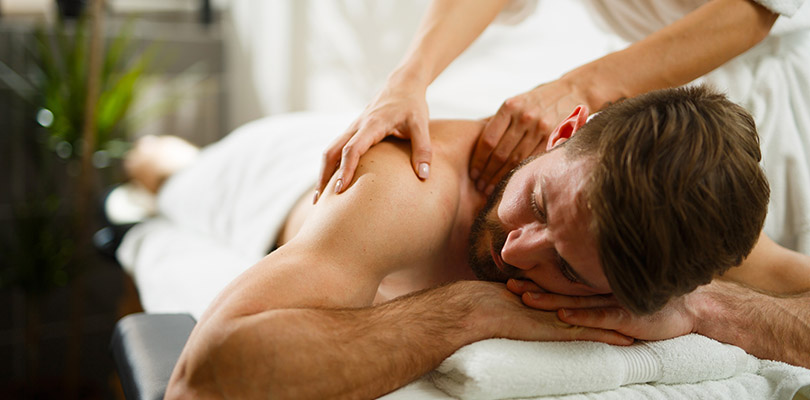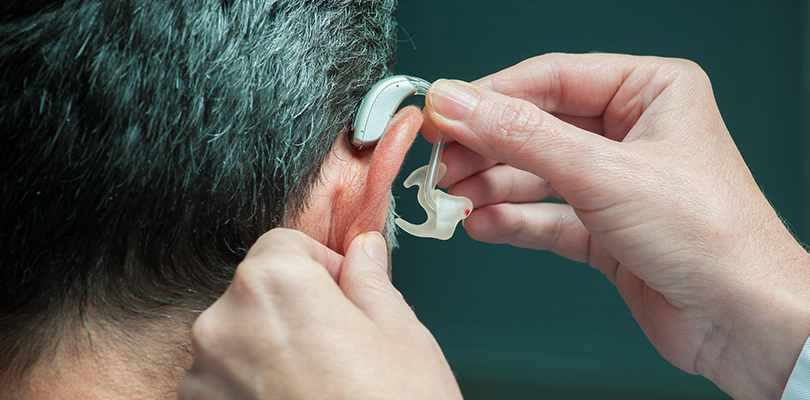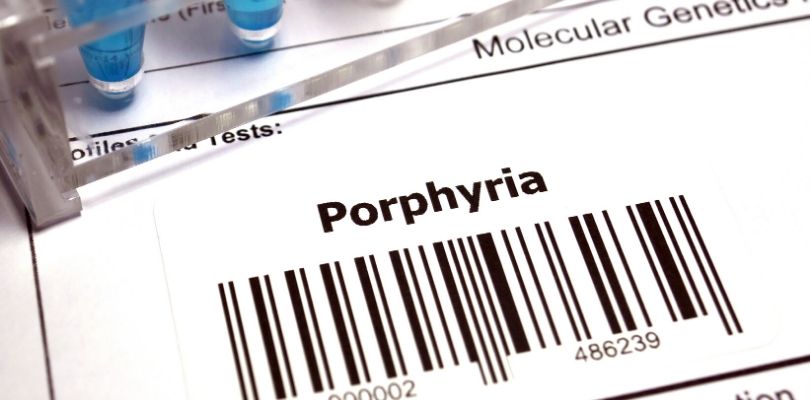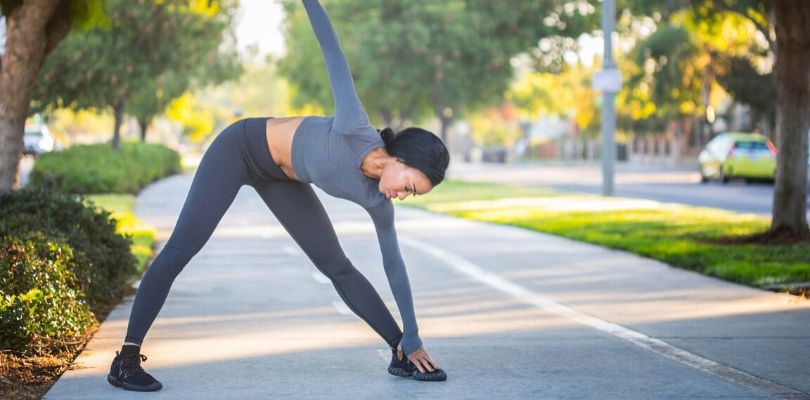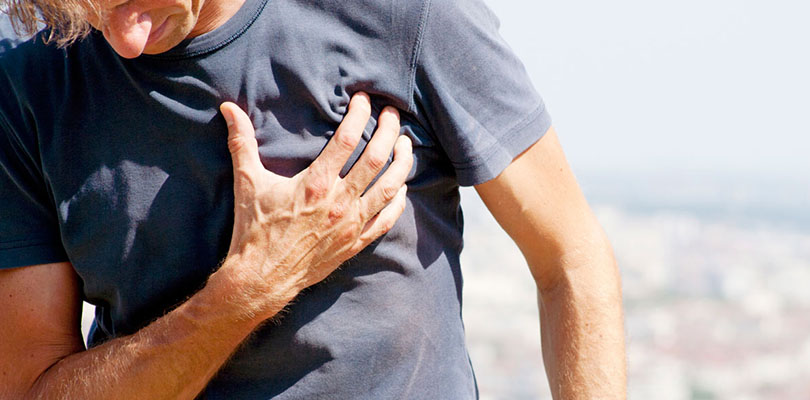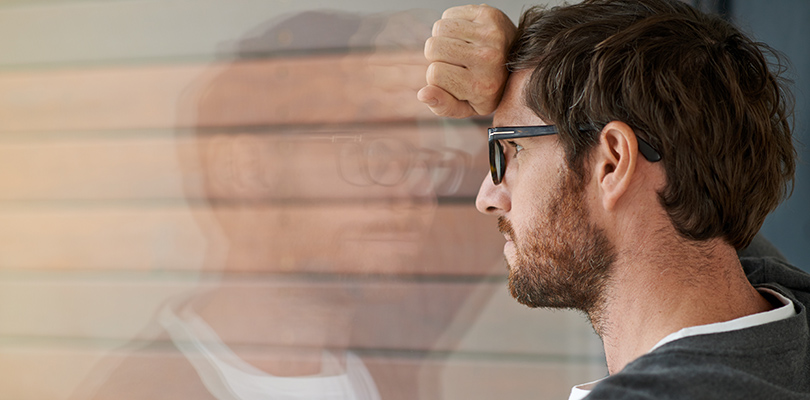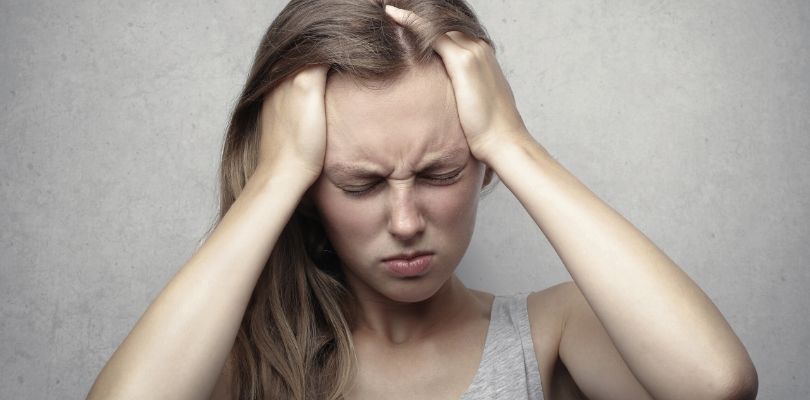Massage Therapy 101: What Is Massage Therapy?
Massage therapy (or massotherapy) is a type of manual bodywork which has been used across the world for thousands of years. It was popular in many ancient civilizations including China, Japan, India, Thailand, the Middle East and Europe. It is even said that Hippocrates, one of the most famous physicians of all time, was a fan!
Massage may be carried out in a seated position or lying down on a massage table. Oils or lotions may be used depending on the type of massage, and some massage therapies require you to undress, while others are performed fully clothed.
What Is Massage Therapy Good For?
Massage therapy has many beneficial effects. It can relax both the body and the mind and is a great way to relieve physical or emotional stress. It works to release muscular tension, knots, and stiffness, while boosting levels of endorphins, our body’s natural painkillers and “feel good” chemicals.
Massage therapy also improves the circulation meaning that it can help to speed up the healing process and increase lymphatic drainage.
Other potential benefits of massage therapy include reducing blood pressure, boosting immune function and regulating the levels of certain hormones to help conditions such as diabetes.
What Is Massage Therapy Used For?
One of the most common reasons that people use massage therapy is to aid relaxation. It can help to reduce stress and anxiety while improving your mood, sleep, and sense of well-being.
It is also used to relieve pain including neck and shoulder pain, back pain, joint pain, and headaches. It can help to remedy some of the issues caused by poor posture and prolonged sitting which are so common in our modern world.
Massage therapy is also frequently used in the rehabilitation of injuries and is popular among athletes, professional and amateur alike.
Another setting in which massage therapy may be useful is in palliative care. It is sometimes offered as a treatment in hospices and can help people with terminal illnesses such as cancer to feel more comfortable and relaxed.
Types of Massage Strokes
Massage therapy uses a variety of strokes and movements to create friction on the body’s surface. These include long strokes, circular motions, pressing, pulling, rocking, tapping and vibration.
They are normally carried out with the massage therapist’s hands, but their elbows, forearms and even knees and feet may also be used.
Types of Massage Therapy
There are many different types of massage therapy which are practiced across the world. The type that you choose will depend on personal preference and what specific benefits you are hoping to gain.
For example, some types of massage are more relaxing, and others are more focused on relieving physical pain.
The most common types of massage therapy include:
Oriental Massages
- A shiatsu massage consists of a finger-pressure technique that utilizes the traditional acupuncture points of Oriental healing. Similar to acupressure, shiatsu concentrates on unblocking the flow of life energy (or chi) and restoring the balance in the various meridians on the body.
- Tui na or shiatsu-amma rely upon the ancient concept of pressure points within the body. By manipulating these points, so the thinking goes, "blocked" energy points can be cleared, improving the overall health of the body and aiding stress and muscle pain relief.
- Acupressure has existed for more than 5,000 years. Using the same "map" of the body as acupuncturists, acupressure practitioners use their hands, fingers, and elbows to apply pressure to key locations on the body.
- Zen shiatsu adds the element of meditation. The practitioner of this massage form believes that being in a meditative state helps her understand the specific treatment needed for a particular kind of condition.
- Watsu is conducted in a very warm pool of water. The therapist supports the patient as the patient floats on the surface of the water. The masseuse manipulates the limbs of the recipient, by applying pressure but also stretches, while supporting the body along the spine.
- Zero balancing is an entirely modern method, yet based on ancient Asian principles. The practitioner tries to bring the body and the body's "energy" into balance with each other, by manipulating pressure points and applying traction.
Therapeutic Massages
Therapeutic massage (or massotherapy) encompasses a broad array of approaches and philosophies - and bonus, most of them don't even hurt.
- Lymphatic massage and manual lymph drainage are both based on the belief that the lymph glands, which play a key role in a healthy immune system, can be manipulated through massage, thereby improving their function.
- Aromatherapy massage incorporates the use of essential oils extracted from various plants and flowers. The scent of these oils can increase relaxation and are reported to have additional health benefits such as aiding sleep or improving digestion. One well known aromatherapy-type massage is the raindrop massage. The raindrop massage involves the use of essential oils, mixed with a variety of massage techniques including back massage, vita flex massage, and heat application.
- Thai massage is an invigorating style of bodywork which is somewhere between massage therapy and yoga. It is usually carried out on a mat on the ground, and the therapist assists the client through a series of different positions and stretches.
With the fast pace of life that most of us lead, it's no wonder we feel tired. Fortunately, there are steps that can be taken to increase energy levels.
Other Therapeutic Massages
- Feldenkrais holistic therapy teaches the most natural and safe ways to move, think and feel through balancing techniques and a series of manipulative sequences that cause us to think about our responses and how to respond properly with our bodies.
- Breema bodywork is a type of body therapy that involves simple forms of touch and body movement. There are two different types of breema therapy: bodywork and self-breema exercises. Both of these are designed to increase the energy flow of the body and to connect the body with the present.
Relaxation Massages
A relaxation massage is exactly what the name implies: a massage strictly for rest and relaxation.
This massage technique is not designed for therapeutic effects or for dealing with chronic pain or discomfort.
- Facial massages relieve tension, promote relaxation and restore energy to your face and body by increasing circulation. Regular facial massages also work to tighten and lift the facial muscles, giving the skin a more youthful appearance.
- The belavi facial massage is a form of massage that is performed on the face, but it also involves a number of specific facial techniques. The procedure includes a number of steps, all aimed at the goal of achieving healthier, younger-looking skin.
- A chair massage is a brief body massage session during which the patient lays face down on a specially designed massage chair. While in the chair, the patient’s neck, back, shoulders, arms, and hips are all accessible to the therapist.
- Esalen tissue work is a style of massage therapy that combines the classical techniques of Swedish massage, with stokes specifically designed to target the muscles and the circulatory system.
- La Stone therapy (or hot and cold stone therapy) is a type of massage that uses smooth, heated and cooled stones to relieve stiffness and soreness and to restore energy to aching muscles and joints.
- The style of Lomi Lomi massage is characterized by its very large, broad strokes, as well as two-handed stokes that enlist the forearms and elbows.
- The Swedish massage technique is characterized by its firm, yet calming pressure that improves blood circulation, eases muscle tension, and improves flexibility.
Rehabilitative Massages
Rehabilitative massage, in keeping with its focus on healing injury, tends to meet a higher standard of "quantifiability" in terms of its effectiveness: If you have an injury, you get a massage, and the injury doesn't improve, then all other things being equal, the massage technique isn't effective.
For this reason, the focus of most of these methods is less on spirituality and more on physical functionality.
- Methods such as active release techniques (ACT), deep tissue massage, deep muscle therapy, myofascial release and neuromuscular therapy are devoted to finding points of tension, muscle spasms, and scar tissue, and relieving these symptoms. Various methods of massage, pressure, and stretching will make scar tissue and tense muscles more supple. The easing of these tissue knots, in turn, can trigger a whole body improvement as supplementary and connected tissues and structures are no longer compensating for the injury.
- Kinesiology and integrative massage focus on training the body to move safely and correcting injuries that are a result of poor posture and gait. Kinesiology, integrative massage
- Medical massage, joint mobilization and the muscle energy technique (MET) all focus on maintaining limber joints and good muscle tone through joint manipulation, massage or muscle contraction.
- The Bowen technique uses a sequence of gentle movements applied to tendons, ligaments, and muscles.
- Cranial-sacral therapy (CST) sounds equally suspect. Practitioners claim that healing can be promoted by manipulating the head, spine, and pelvis, to release "blocked" spinal fluids.
How Massage Therapy Can Improve Your Life
Many people see massage therapy as an occasional treat, but having regular massages can increase its benefits greatly.
Not only will you feel more relaxed on both a physical and emotional level, but over time you may also begin to notice other health conditions improving too.
Although massage therapy is generally very safe, you should always consult your physician first if you have any medical conditions or are pregnant.
You should also ensure that your therapist is fully qualified in the type of massage that they are offering. This will ensure that they can effectively address any problem areas and you can enjoy all the benefits of massage therapy safely and comfortably.
